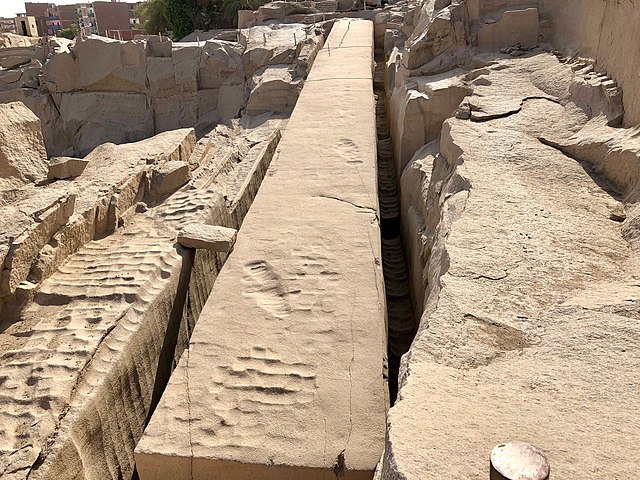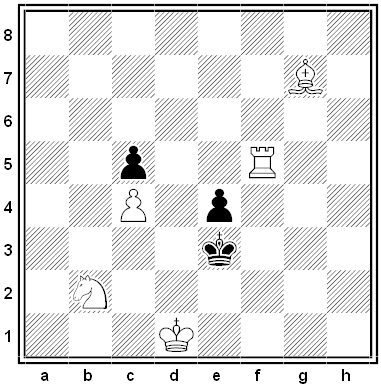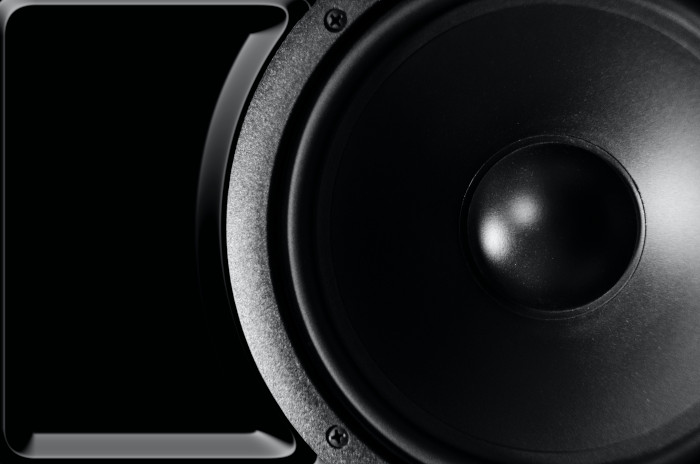Deposition of Elizabeth Brett, a Hertfordshire farmer’s servant, regarding an alarming experience on Sept. 15, 1784:
This deponent, on her oath, saith, that on Wednesday the 15th day of September instant, between four and five o’clock in the afternoon, she, this deponent, being then at work in her master’s brewhouse, heard an uncommon and loud noise, which, on attending to it, she conceived to be the sound of men singing as they returned from harvest-home. That upon going to the door of the house she perceived a strange large body in the air, and, on approaching it in a meadow-field near the house, called Long Mead, she perceived a man in it; that the person in the machine, which she knew not what to make of, but which the person in it called an air-balloon, called to her to take hold of the rope, which she did accordingly; that John Mills and George Philips, labourers with said Mr. Thomas Read, came up soon after, and, being likewise requested to assist in holding the rope, both made their excuses, one of them, George Philips, saying he was too short, and John Mills saying that he did not like it; that this deponent continued to hold the rope till some other harvest-men of Mr. Benjamin Robinson, of High Cross, came up, by whose assistance the machine was held down till the person got out of the machine. And this deponent further, on her oath, saith, that the person now present and shown to her by William Baker, Esq., the justice of peace before whom this deposition is taken, as Mr. Vincent Lunardi, and in her presence declares himself to be Mr. Vincent Lunardi, was the person who called to me from the machine, as above stated, and who descended therefrom in the said field called Long Meadow.
Other witnesses acknowledged that Lunardi had told them “that he had set out from the Artillery Ground in London, a little before two o’clock in the afternoon of the said day, in the machine, and had travelled through the air to the place where they found him.” He later described his view of the city from this new perspective.
From Christopher H. Turnor’s Astra Castra, 1865, via Humphrey Jennings, Pandaemonium, 1985.




